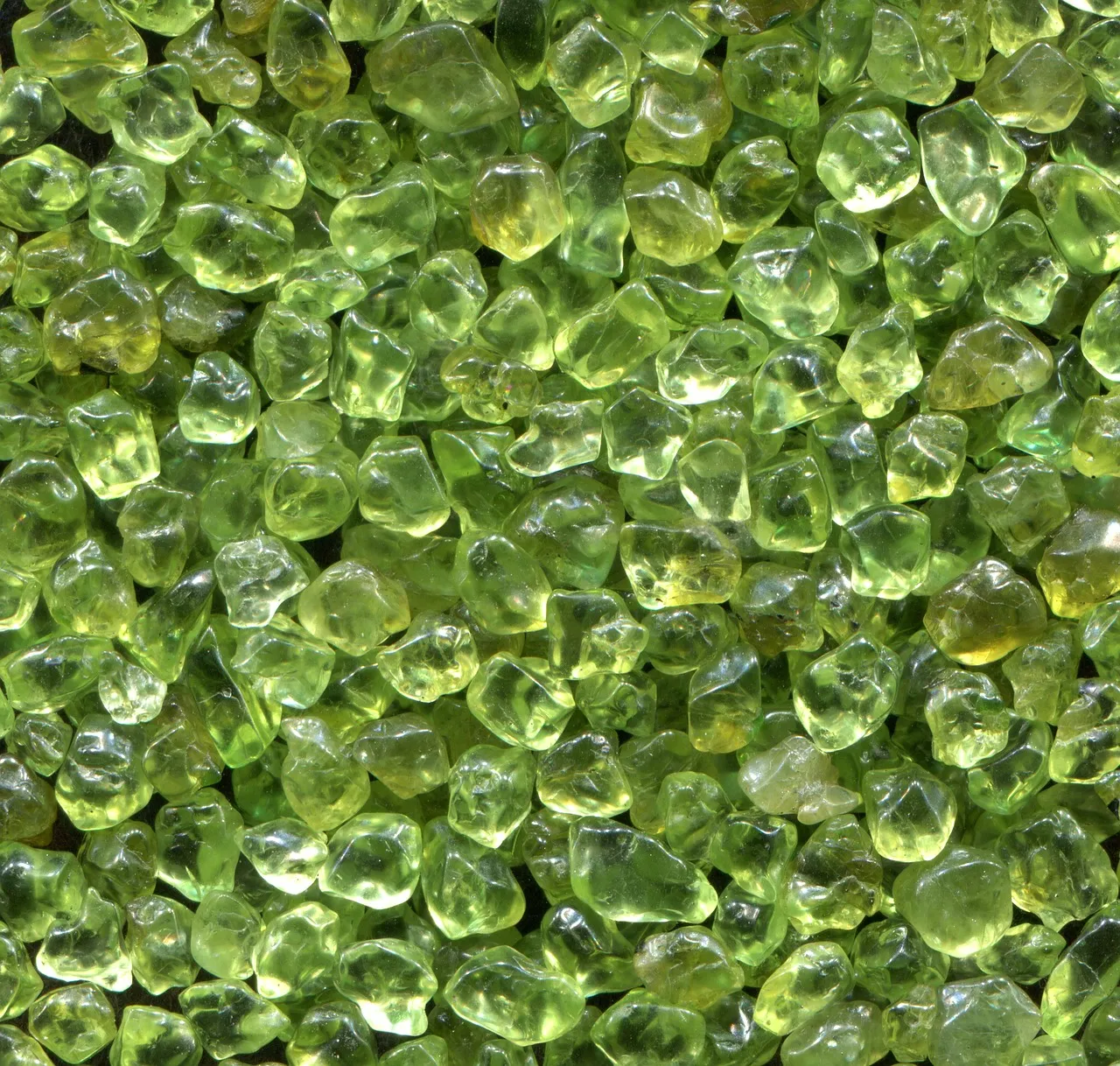
The best creams and ointments for skin problems: a guide to choosing
The care and protection of the skin is crucial for our health. People struggle with various skin problems every day, whether it’s dryness, irritation, or even skin diseases. The use of appropriate products is key to keeping the skin healthy and well-groomed. In skincare, there are two common categories of products: creams and ointments. Although many tend to confuse them, they actually have different properties and areas of use.
Depending on the skin type, the purpose of application, and the desired effect, it is worth carefully considering which product to choose. Creams are generally lighter in texture, while ointments are greasier and thicker. Due to these differences, it is important to be aware of the advantages and disadvantages of the various formulations. In this article, we will detail when it is advisable to use a cream and when to use an ointment, as well as the key differences that will help in making the right choice.
Characteristics and Advantages of Creams
Creams represent one of the most popular forms of skincare. Typically, thanks to the ratio of water to oil content, they are easily absorbed by the skin, providing a quick solution to various skin problems. Creams are sought after mainly for their moisturizing effect, as they help maintain the skin’s moisture content, thereby preventing dryness and cracking.
The texture of creams is usually light, allowing for immediate use and quick absorption. This can be particularly advantageous during daily skincare routines, as creams do not leave a greasy feeling on the skin, making them ideal under makeup. A wide variety of creams are available on the market, so we can easily find a product that meets our skin’s needs, whether for sensitive, oily, or dry skin.
Another significant advantage is that creams can be easily combined with other skincare products, such as serums or toners. Thus, we can personalize our skincare routine and enhance the condition of our skin with a beneficial combination of different active ingredients. Additionally, creams are generally more accessible and widely available than ointments, making the choice easier.
It is important to note that the concentration of active ingredients in creams may be lower than in ointments. As a result, the effects provided by creams may be slower, but due to their skin-friendly ingredients, they can have a beneficial impact on skin health in the long term. Therefore, creams are ideal as part of a daily skincare routine, especially when hydration and nourishment are needed.
Characteristics and Advantages of Ointments
Ointments are another important player in skincare, typically having a greasier texture than creams. The components of ointments have a higher oil content, which allows them to hydrate the skin for a longer time and form a protective layer on the skin’s surface. This protective layer helps prevent moisture loss, making them particularly useful for treating dry or irritated skin.
Ointments are generally thicker and more durable than creams. As a result, areas of the skin that are particularly sensitive or irritated may respond better to the use of ointments. Additionally, the active ingredients found in ointments are often more concentrated, providing a quicker and more intense effect on the skin, which can be especially important for certain skin diseases, such as eczema or psoriasis.
When applying ointments, the active ingredients remain in contact with the skin for a longer time after application, allowing them to exert their effects more effectively. However, it is important to note that due to their greasier texture, ointments may not be suitable for everyone, particularly for those with oily skin or those who do not like a greasy feeling on their skin.
Ointments often contain anti-inflammatory or antiseptic ingredients that can aid in the healing of the skin. Furthermore, when using ointments, the local temperature of the skin may also rise, stimulating blood circulation and thus supporting skin regeneration. Ointments can therefore be an ideal choice for treating dry, irritated skin or certain skin diseases.
Main Differences Between Creams and Ointments
When choosing between creams and ointments, several factors should be considered. One of the most important differences lies in their texture. While creams have a lighter, water-based formula, ointments are made up of greasier, oil-based components. This difference manifests not only in the experience of use but also in their effects.
Creams absorb more quickly, making them ideal for daily use, while ointments provide longer-lasting hydration. Therefore, creams are part of the daily skincare routine, while ointments are more treatment-oriented and are used for addressing specific skin problems.
Another important difference is the concentration of active ingredients. Ointments generally have a higher active ingredient content, meaning they exert a faster and more intense effect on the skin. Nevertheless, creams can also contain beneficial ingredients that support skin health in the long term.
When choosing between creams and ointments, it is also important to consider skin type. Creams are recommended for individuals with oily skin, while ointments may be more suitable for those with drier skin. It is worth experimenting with different products to find the solution that works best for us.
Overall, both creams and ointments play important roles in skincare, and the choice depends on the problems we are facing and the effects we wish to achieve regarding the condition of our skin.
—
Attention! This article does not constitute medical advice. In case of health issues, please always consult a doctor!

